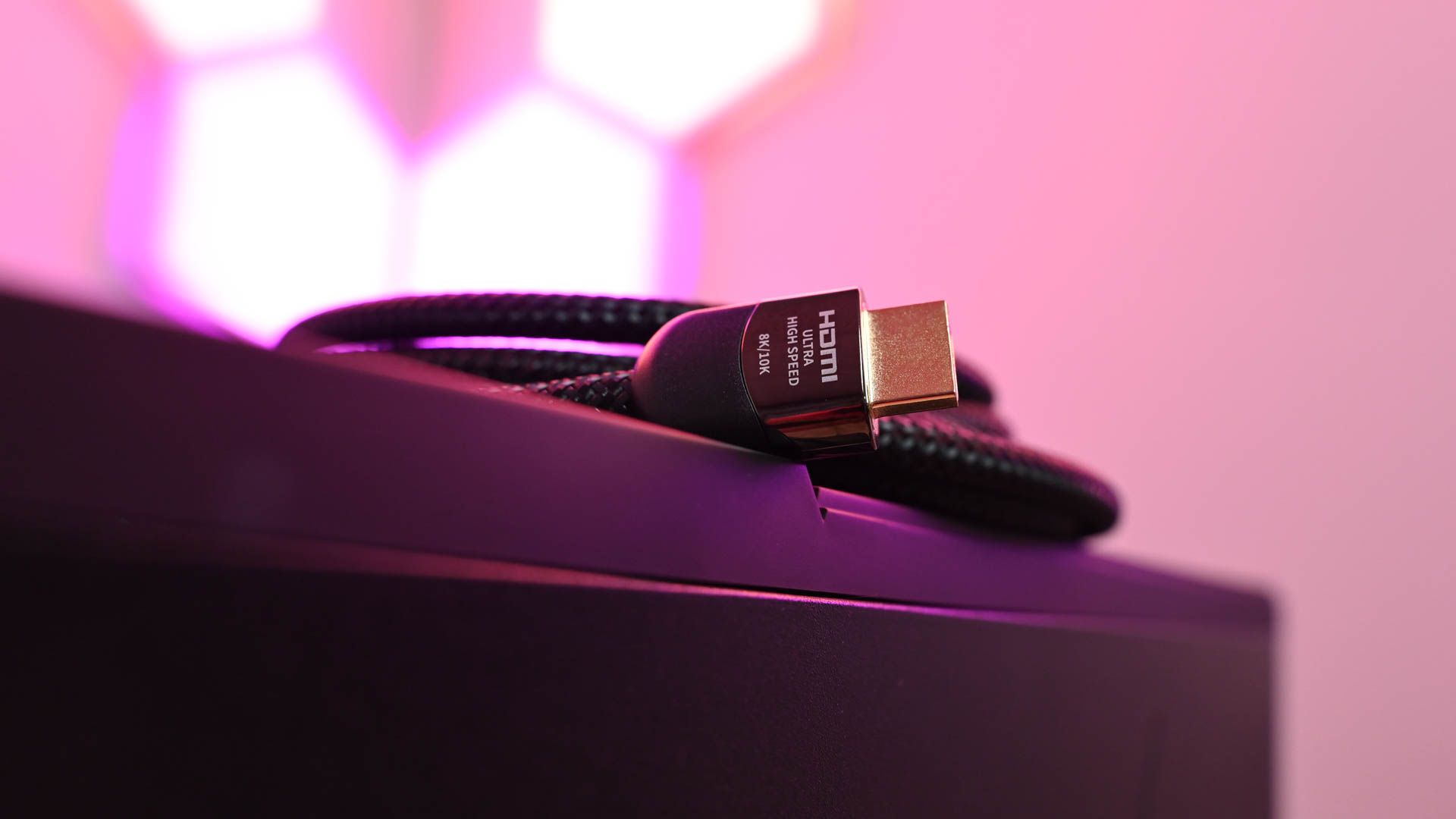Key Takeaways
- 4K is becoming mainstream, but 8K still lacks practicality.
- Optimal viewing distances for 8K screens are unrealistic for most.
- Content storage, bandwidth, and production challenges hinder 8K adoption.
TV makers are always trying to sell us the next big thing, and a lot of the time it’s exciting and worth the price of entry. 8K is neither, and as far as I’m concerned it never will be.
4K Is Already Pushing the Limits of Practicality
It took many years, but 4K is finally becoming a mainstream format. Internet speeds have caught up in most of the developed world, any new TV bought today is almost invariably a 4K model, and there’s a 4K TV at just about every budget level.
Despite this, 4K content isn’t as prevalent as you might think, with FHD 1080p Blu-rays far outnumbering UHD titles. Likewise, while new programs on streaming services are released in 4K more often than not, the bulk of all content on these services are 1080p or less.
8K Optimal Viewing Distances Are Bonkers
Optimal viewing distances to benefit from image resolution is something that people often over-estimate. It’s quite likely that you have to sit much closer to the screen than you think to get the benefits of that additional resolution. You can see it laid out logically on this chart from Starico’s viewing distance calculator.
Using this calculator for an 8K screen that’s 55 inches diagonally, a viewer must sit no farther than 7.7 feet from the screen. However, that’s already too far away to resolve the detail in an 8K image, if you want to see the difference between 4K and 8K, you’d have to sit 1.7 feet from the screen! So 8K on a 55 inch screen doesn’t make a whole lot of sense, but if we bump things up to 100 inches, then the maximum distance is now 14 feet, but the “visual acuity” distance where someone with 20/20 vision can resolve 8K image detail is still a mere 3.2 feet!
The Content Has Too Many Problems
OK, fine. So maybe most people in most situations won’t even be able to see those 8K pixels, but what’s the harm in a little extra fidelity? The thing is, content creation isn’t free, and quadrupling the resolution of 4K is a huge leap in fidelity that will have a knock-on effect in various areas.
For one thing, streaming services have to store that 8K footage, and the internet has to cope with 8K streams hogging bandwidth all over the show. 4K streams demand about 25Mbps for the good stuff, so 100Mbps for a decent quality 8K stream isn’t that far-fetched. Gigabit fiber is becoming more common in many parts of the world, but in most places 8K streaming will probably be infeasible for years.
While some might argue that physical media aren’t relevant to 8K, since surely everything will be digital going ahead, things aren’t quite trending that way. While physical movies are declining as an absolute market, it’s still a large market. There are even some pockets of the world where physical movie sales have increased and serious film collections are keeping Blu-ray alive as perceptions of streaming services as volatile create a desire to own media that you want to treasure and re-watch. WIthout a physical format to support 8K content, I don’t see true enthusiasts embracing it, and those are the people 8K is most likely to appeal to.
From a production standpoint, 8K content will simply be much more expensive to produce. Filming, editing, visual effects, and every other part of the process would now have to work with much higher quality assets. There’s a reason 1080p is still a viable release format for some CG, animated, or mid-budget projects! 8K would make 4K production seem trivial in comparison.
That’s not taking into account computer graphics. Even 4K resolution is too much for gaming consoles, and they aren’t becoming four to eight times more powerful in the next generation!
Only Large Format Screens or Projection Makes Sense
Ultimately, for 8K to be worthwhile, we’ll need very large format displays. That’s mainly going to be projectors, since TVs over 100 inches in size are always going to be incredibly impractical and expensive. Unlike 4K, it doesn’t really matter if 8K comes down in price for popular sizes like 55 or 65 inches, because it’s a pointless level of pixel density for those devices.
Cinemas surely are the best use case for the format, and it could be a way to get people back in theaters, where even 4K projection looks a little soft in my opinion, but again the incentive to produce films in 8K will have to be quite strong.
Ironically, the only other area where I think these mad pixel densities are valuable is in VR or AR, where the display is an inch from your eye and magnified through a lense. 8K levels of pixel density and beyond are important to make the physical pixel grid of the display invisible to the naked eye.
There Are Many Better Ways to Improve Image Quality
There are a long list of things that TV and monitor manufacturers can do to improve image quality that has nothing to do with pixel density and image sharpness. Better contrast, wider color gamuts, and improved motion clarity are all much bigger factors now that resolution has hit diminishing returns. These are all image quality factors that are visible at any distance.
If and when 8K content becomes trivial to produce, and 8K display technology has no cost penalty over 4K, then perhaps the issue becomes moot. However, pushing this format as something to look forward to or as the next big leap for display technology and content, is entirely the wrong road ahead in my opinion.
Source link
